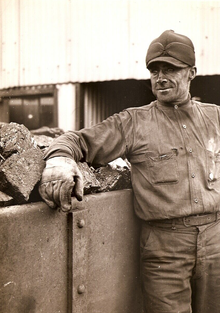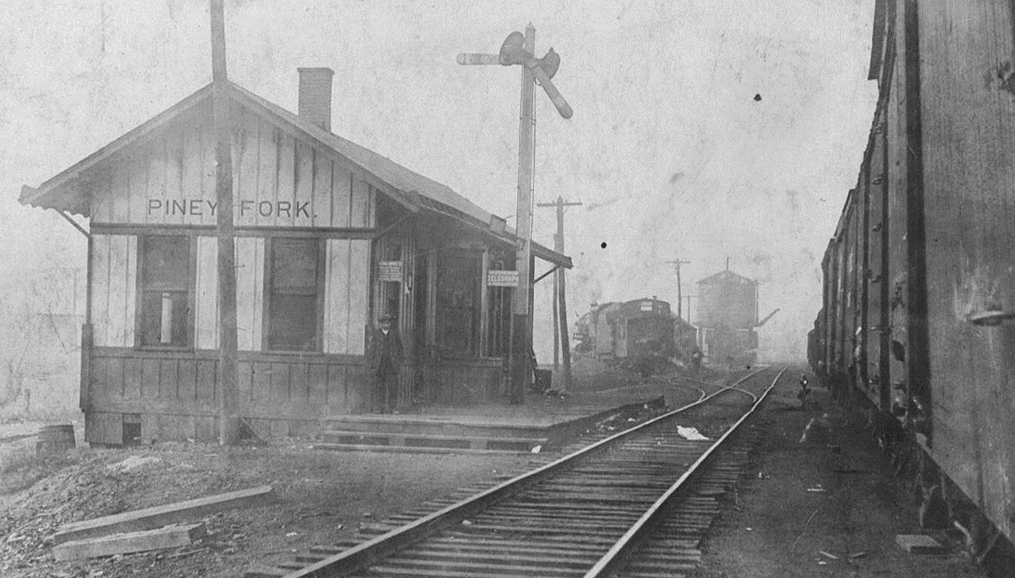|
The Piney Fork area is well known for its role in the coal mining industry, but often overlooked for its sheer beauty and the natural features that first brought people to the valley.
Through the generous donation of Jeffco Resources Inc, the Jefferson Soil and Water Conservation District became owners of the former rail yard and corridor that extends from the unincorporated village of Piney Fork to State Route 151 near Hopedale, Ohio. The former rail corridor property follows the Piney Fork stream rather closely and large swaths of the stream is on property. Using the District’s 78 years of expertise as well the many local, state, and federal partners in which the District collaborates, the plan is to restore, enhance, and conserve Piney Fork and create an area with great biodiversity that can be used for recreation and education. |
Jefferson Soil and Water Conservation District’s Piney Fork Trail will be a recreational trail over the former New York Central rail bed and following the beautiful and meandering Piney Fork Stream.
Focus will be on restoring the riparian corridor on the property while also providing a place for people to get outside and experience the tranquility and beauty of nature on bicycle and foot. The property will be enhanced with native plantings that improve the overall health, beauty, and quality of the ecosystem of the Piney Fork Valley. The trail will extend over four miles and cross over a series of historic bridges. The trail will be for passive use only and vehicular traffic such as UTV’s or ATV’s will not be permitted. This conservation project will not only preserve the natural elements of the land and waters, but the rich historic fiber of the region and the people who through their lives and work forged the identity of the area. When land speculators and traders first began to enter Jefferson County in the 1780s the Mingo tribes told them of an area rich with beaver, game, and sugar trees that was situated around the fork of a stream that was marked by a large population of piney –like trees (eastern hemlocks). The area was rich with resources and soon became known as Piney Fork and the stream originating from that fork became known as the Piney Fork stream.
In 1902 when the railroad was built to the coal fields to the southeast, railroad bridge #4 was built within sight of this confluence that gave the railroad, the nearby village, and the stream its name. The coal fields to the southeast were one of the richest coal fields in the world, and soon a boom town rose from the coal fields named Piney Fork. Immigrants from around the world came here to begin their American Dream and work the coal mines. The mine operation at Piney Fork was so vast and complex that it became known as the underground city and at one point had more light bulbs in it than the city of Paris. At its zenith the mine employed 1003 men. The mine closed and the tipple was torn down in 1979. Soon after the railroad was discontinued and sold. Much of the history of the area was lost to the blade of bulldozers. Jefferson Soil and Water Conservation District hopes to preserve and enhance the historic and natural features of the property for generations to enjoy. |











